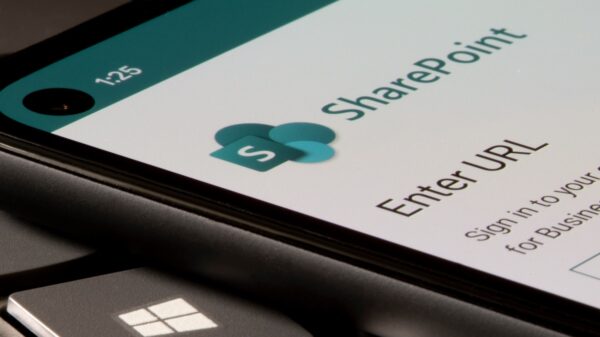A recent update to the Ryuk ransomware has resulted in damage being made to large files the malware has encrypted, Emsisoft’s security researchers warn.
First spotted last year, the Ryuk ransomware has been used in attacks on both the public and private sectors, and is usually deployed by leveraging existing malware within the target networks.
The malware encrypts data using a combination of RSA and AES, and has already brought hundreds of millions in revenue for its operators, Emsisoft says.
Ryuk’s operators continued to improve their malware despite the success registered, and have added multiple new features to it over the past year alone, including the capability to partially encrypt files.
The functionality comes in handy when encountering files larger than 57,000,000 bytes (or 54.4 megabytes), as the malware will only encrypt certain parts, to save time and perform the encryption process faster, in hopes to avoid detection.
Ryuk uses the HERMES files marker, which usually stores the RSA-encrypted AES key at the end of the file. Thus, when the encryption was performed only partially, the file shows a slightly different-than-normal footer.
Additionally, these files will show a clearly visible counter of how many 1,000,000 bytes blocks have been encrypted (the indicator is missing for files that have been completely encrypted).
One of the latest versions of Ryuk includes changes to the manner in which the length of the footer is calculated, which results in the decryptor truncating files by cutting off one additional byte during decryption.
This could cause issues, depending on the exact file type. In some cases, the byte was unused, but many virtual disk type files like VHD/VHDX and database files store important information in that last byte, which will prevent these files from loading properly after decryption, Emsisoft explains.
The issue, the security researchers note, likely impacts users who fell victim to Ryuk within the last two weeks. To verify whether they are affected, users should simply check whether they have files that do not load.
Emsisoft says it can help these victims by providing them with a properly working decryptor, but only if they have copies or backups of the encrypted data (the Ryuk decryptor usually deletes files believed to have been decrypted properly).
“Similarly, if you’ve paid for a decryptor but have yet to use it, either back up your files before running it or get in touch with us instead. Our tool will enable you to safely recover your data whereas the tool supplied by the bad actors will not,” the security researchers say.
Emsisoft’s decryption tool, however, does not remove the need for ransoms to be paid, but simply replaces the criminal-supplied tool.
Related: Pitney Bowes Says Disruptions Caused by Ryuk Ransomware
Related: Ransomware Attack Locks Out New Bedford City Data
Related: Georgia County Criticized Over $400K Ransomware Payment















